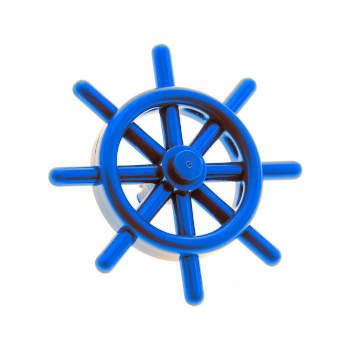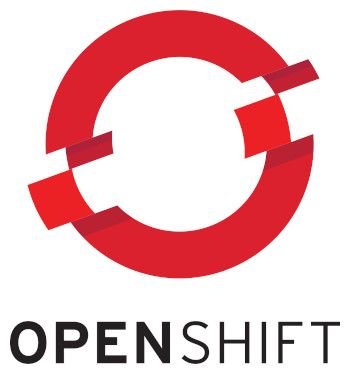-
Using kubectl to get helm release information
2 min read

While Helm provides the convenient
helm ls -Acommand to list all releases across namespaces, there are situations where helm CLI might not be available. We can still retrieve similar information out of the helm metadata stored as Kubernetes secrets.$ helm ls -A NAME NAMESPACE REVISION UPDATED STATUS CHART APP VERSION metrics-server kube-system 1 2025-07-14 10:00:16.115363827 +0000 UTC deployed metrics-server-1.0.0 0.1.0 prometheus monitoring 2 2025-07-14 10:05:45.362196303 +0000 UTC deployed prometheus-2.0.0 0.2.0 my-app default 3 2025-07-14 10:10:46.213184797 +0000 UTC deployed my-app-1.2.3 0.3.014/07/2025
Read more... -
Upgrading a ROSA Cluster on AWS
5 min read

Keeping your ROSA (Red Hat OpenShift Service on AWS) cluster up to date is essential for getting the latest features, performance improvements, and security patches. Fortunately, Red Hat provides a CLI tool (
rosa) that allows you to handle upgrades.10/07/2025
Read more... -
kubectl: Finding the OpenShift Console URL
1 min read

When working on an OpenShift cluster, it’s common to need the Web Console URL, especially when setting up a new environment or giving access to other users.
Rather than navigating through RedHat portal or guessing the domain, you can use
kubectlto directly query the route object and retrieve the console's public URL.09/07/2025
Read more... -
yq: Extracting Objects from Kubernetes Manifests
1 min read

When working with Kubernetes manifests that contain multiple resources, you might need to extract specific objects out of a large document. The yq command-line tool provides powerful filtering capabilities to select and extract individual resources from multi-document YAML files.
In this post, we'll explore how to use yq's select function to do that.
23/06/2025
Read more... -
kubectl: Streaming Logs from Multiple Pods
2 min read

When troubleshooting applications in Kubernetes, you often need to monitor logs from multiple pods simultaneously. The kubectl logs command provides powerful options to stream logs from several pods at once using label selectors.
In this post, we'll explore how to use kubectl logs with the selector flag to monitor multiple pods in real-time.
15/05/2025
Read more...
Kubernetes:
container orchestration
